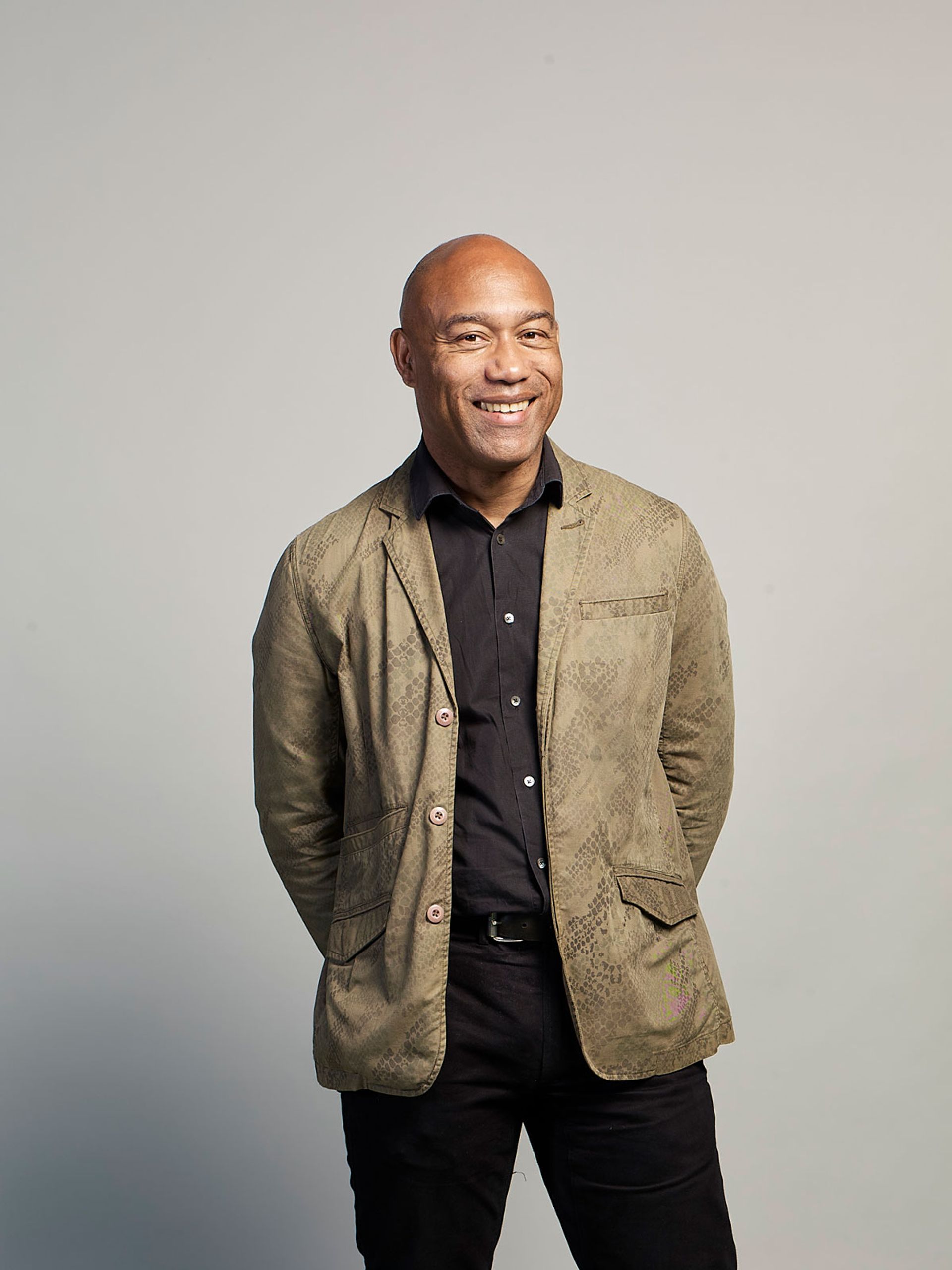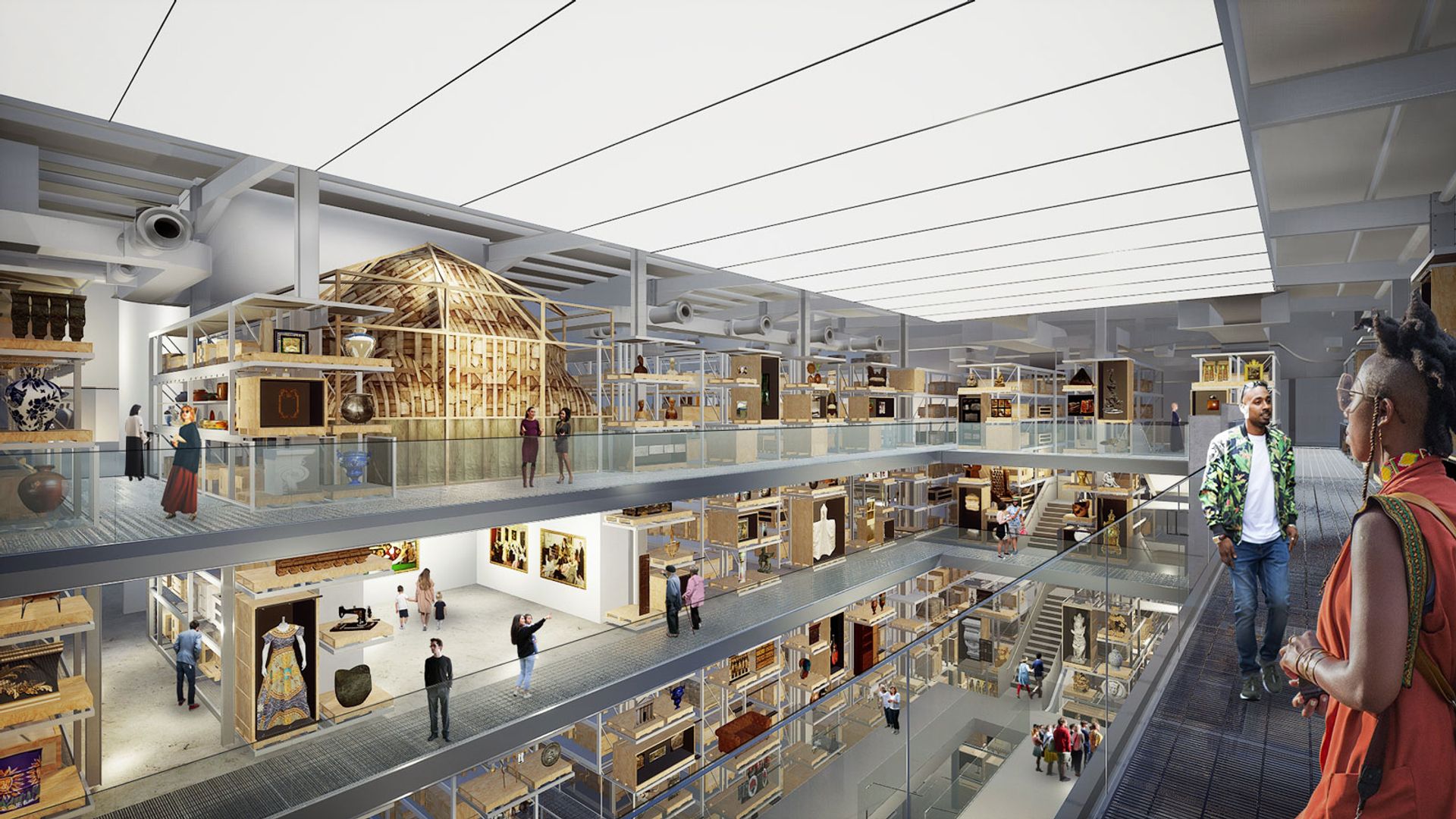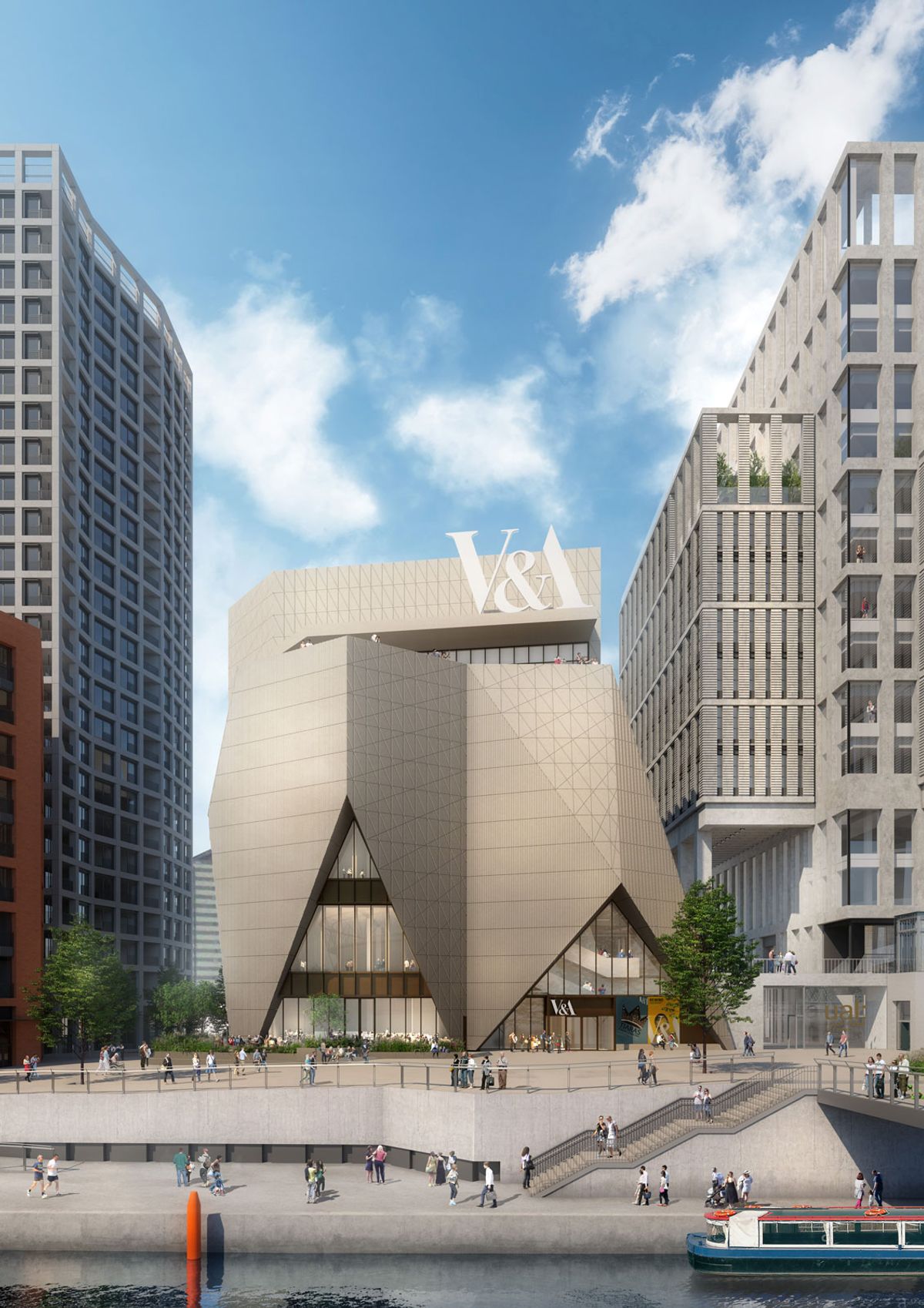The opening of London’s V&A East Museum has been delayed until 2025. This is mainly because of problems resulting from the Covid-19 pandemic, although work is now said to be proceeding well. The Victoria and Albert Museum’s deputy director Tim Reeve describes the scheme as “one of the world’s most significant museum projects of the 21st century”.
The V&A East Museum, an outpost of the Victoria and Albert Museum (V&A) on the 2012 Olympic site, was originally due to open in 2023, but a few months ago this was delayed until 2024 and it is now anticipated for spring 2025. The nearby collection storage centre, open to visitors, is a less complex building project. To be named V&A East Storehouse, it is still on course to open in 2024.
Gus Casely-Hayford, the recently appointed director of V&A East, today announced ambitious plans for the displays. Conceptually, it will be quite different from a traditional London national museum. A V&A statement explains: “Underpinned by values of equity, empathy, openness and sustainability, V&A East is committed to creating opportunities for young people. It will focus on championing under-represented movements and voices to present a diverse range of perspectives, and highlight new forms of creative excellence to challenge the canon.”

Gus Casely-Hayford, the director of V&A East © Suki Dhanda; courtesy of the Victoria and Albert Museum
The presentation will be “non-linear”, in that “storytelling will place historic objects alongside contemporary works, linking different disciplines, geographies and time periods to prompt conversations on the latest issues shaping society today”. The museum and storage centre will act as “working studio spaces to platform new ideas”.
In terms of construction, the museum’s steel exterior structure is now half completed. At the collection centre, set in what was the former Olympic media centre, the main internal work has been completed.
The museum will present thematic displays, such as Our Place in the World, “unpicking the ways creatives have and continue to explore identity politics and issues of gender equality and female representation”. A signature dress by the young British designer Molly Goddard might be shown alongside a 16th-century self-portrait by Sofonisba Anguissola and 1930s photomontages by Claude Cahun.
Along with a temporary exhibition gallery, there will be two collection galleries, with items on display including textiles by Eileen Grey, designs by Charles and Ray Eames, costumes worn by Leigh Bowery and garments by Vivienne Westwood.

An internal render of the central collection hall in V&A East Storehouse © Diller Scofidio + Renfro
The V&A East Storehouse, allowing self-guided visits to the collection in storage, will house 250,000 objects. Star items include a 15th-century Spanish carved ceiling, an office designed by Frank Lloyd Wright and a 1920s Frankfurt kitchen. New acquisitions were announced today, including works by the painter Kehinde Wiley, the photographer Jamie Hawkesworth and the ceramicist Mawuena Kattah.
All this takes place against a background of Covid-19, which has led to the V&A suffering a £35m loss in self-generated income in 2020-21 and 15% of its staff being made redundant. There will be some increase in the capital cost of the V&A East Storehouse, since a longer building schedule inevitably means higher costs.
As for the financial costs after opening, the government’s culture department is believed to have offered an additional £9m a year in grant-in-aid. Hayford is expecting visitor numbers at V&A East to be similar to what had been predicted before the pandemic, since it will attract a mainly UK (rather than foreign tourist) audience. He hopes for one million visitors a year.


